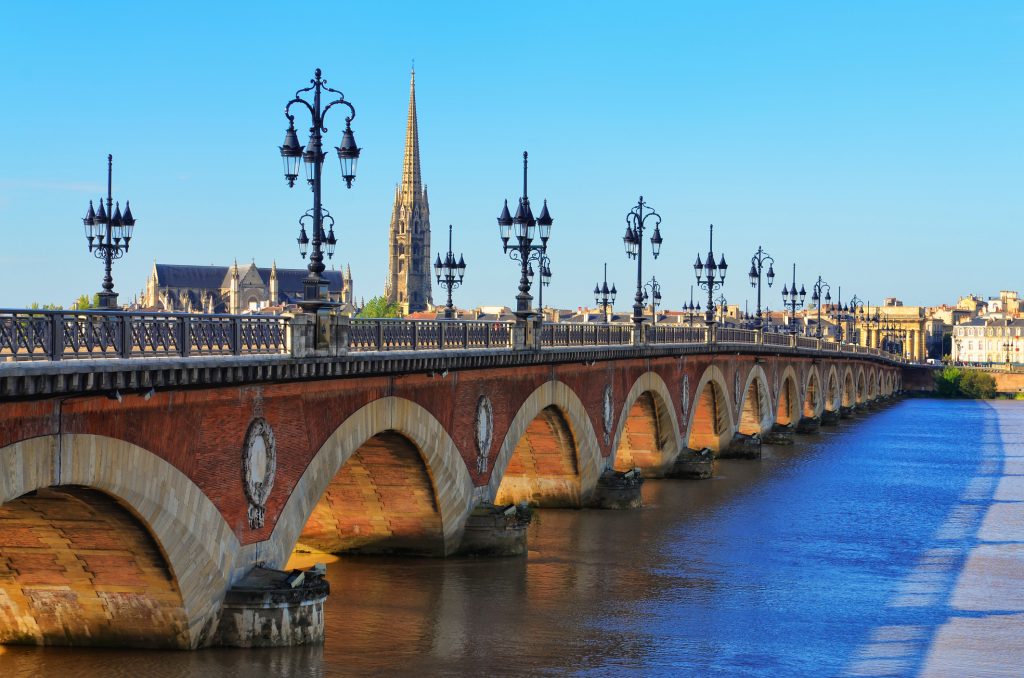This website uses cookies so that we can provide you with the best user experience possible. Cookie information is stored in your browser and performs functions such as recognising you when you return to our website and helping our team to understand which sections of the website you find most interesting and useful.
Bordeaux’s ‘significant’ 2022 en primeur campaign can boost the fine wine market or ‘stop it in its tracks’
The upcoming Bordeaux en primeur campaign has the potential to renew impetus to the “delicate position” of the fine wine market or to stop it in its tracks, Liv-ex’s annual report has cautioned.

While Liv-ex Burgundy 2022 report concedes that 2022 “may well be considered one of the truly great vintages”, it warns that the trade has become “increasingly risk averse” in the current macro-economic climate and that pricing is as important, if not more so than ever.
“This year’s campaign already seems to be holding more significance for the market than recent years,” it noted.
While the macro-economic climate has renewed interest in alternative assets, as has been much discussed, fuelling the new influx of players and high-net worth individuals. However, as it points out, there has been “uncharacteristic volatility in the market” and even if the fine wine market is emerging from its first quarter “funk”, caution remains.
“Whether the Bordeaux 202 campaign gives impetus to this sense of new life or stops it in its tracks is yet to be seen,” it said. “The quality looks certain to be there. It now just becomes a question of price.”
Expectations among the trade remain divided, it said, with one member arguing that “high release prices will kill the campaign and drive demand for older vintages.”
But pricing has become more complex and challenging, it argues, with a wider array of critics now than the days of Robert Parker’s dominance.
Live-ex also argued that the market into which the vintage is released plays “a key role in the success of this campaign”, noting that although collectors are increasingly taking part in en primeur, this is possibly “through habit, for the ‘experience’ or simply to request big bottle formats”. But Liv’ex members have also pointed out in a recent survey that the next generation of buyers are “already growing sceptical of the process, particularly given the limited upside and opportunity cost involved” as they are used to greater transparency and free-flowing information.
“Markets thrive on transparency,” it noted. “Sentiment is everything.”
Shifting markets
Liv-ex’s data demonstrates the shift in the Bordeaux market in recent years, with Europe now accounting for a larger slice of the market, followed by North America, with Asia (notably Hong Kong) and the UK seeing their trade share squeezed.
Europe now accounts for just under half of Bordeaux’s trade in terms of value (46.8%) up from a third (33.6%) just two years ago. The lion’s share of this increase comes from France, which has grown to 39.9%, from around 30%. Meanwhile the UK has gone from 27.8% to just 20.8%, Liv-ex data found, with Asia’s share slashed in half, down from 23.1% to just 11%.
The US has also gained grown, rising from 15.5% in 2020 to 21.4% year-to-date, while countries such as Denmark, Belgium, Austria, the Czech Republic, Portugal, Korea, Taiwan, Sweden, Japan and Canada have also grown.
Performance
In terms of price performance, Bordeaux has remained quite stable over the last year, with the Live-ex Bordeaux 500 showing growth of 3.1% in the last year, compared to Champagne’s 2.0%, but below that of the Burgundy 150 (which was driven by a strong performance in the second quarter last year, although that has since fallen by 3% since October). But it is the Bordeaux wines from exceptional vintages that have proved the second best performer in the last year, rising 5.4%, driven by wines from the Right Bank (up 6.8%) with the Left bank seeing 4.2% growth over the same period. Second wines haven’t done as well over the same period, falling 0.1% in the last year, although they’re up a modest 0.4% in the year to date, indeed ahead of the Right Bank 50’s growth.
The 2011 vintage saw the biggest price rise, up 9.6%, with the 2016 and 2012 also doing well, while Liv-ex also noted that the 2020 and 2019 vintages continued to potentially offer good returns.
Ones to watch out for include Chateau Canon, Figeac, Carmes Haut Brion, Calon Segur and Beychevelle – in part due to recent investment and long-term renewals in those estate, and a corresponding rise in quality. This has led to the chateaux building “an enthusiastic and loyal collector base”, Liv-ex said and some impressive growth.
“It is interesting that the majority of the top performers are from the 2012, 2013 and 2014 vintages, not considered among the great vintages, but judged, over time, to offer relative value,” it said.
“Growers whose wines offer value at release have been rewarded in recent years, a select group of ‘breakout producers’ have won both the trade and the collector’s favour because of well-judged releases. Their wines have subsequently thrived on the secondary market.”
Related news
Burgundy 2023 en primeurs: cautious optimism
SWR: lighter bottles for entry level wines is 'the wrong message'
Ribera del Duero challenges 'out of date' perceptions in UK market

